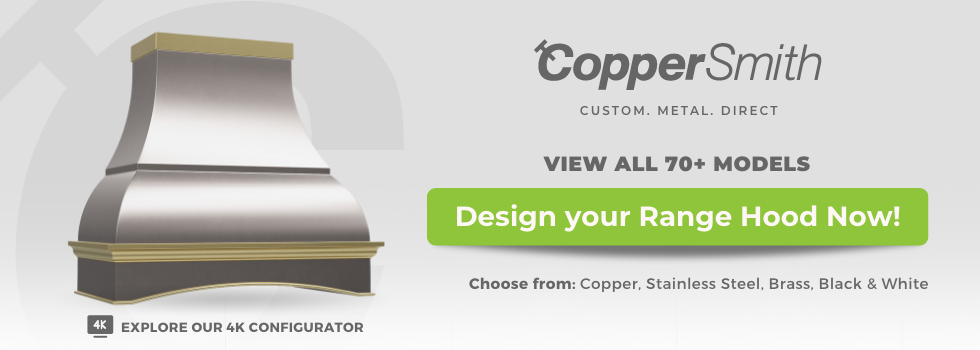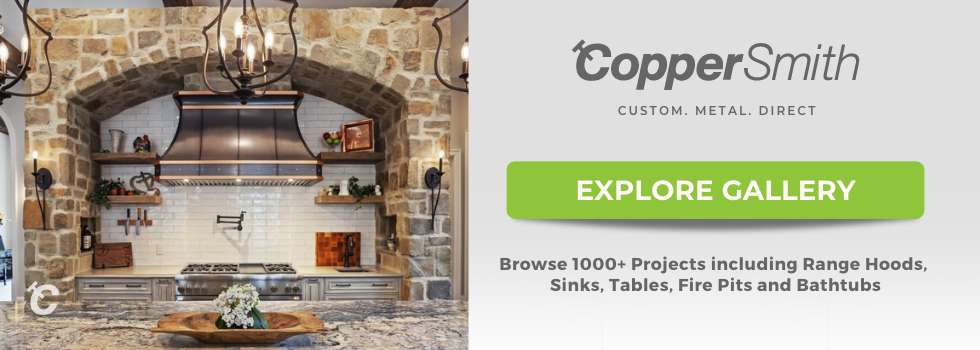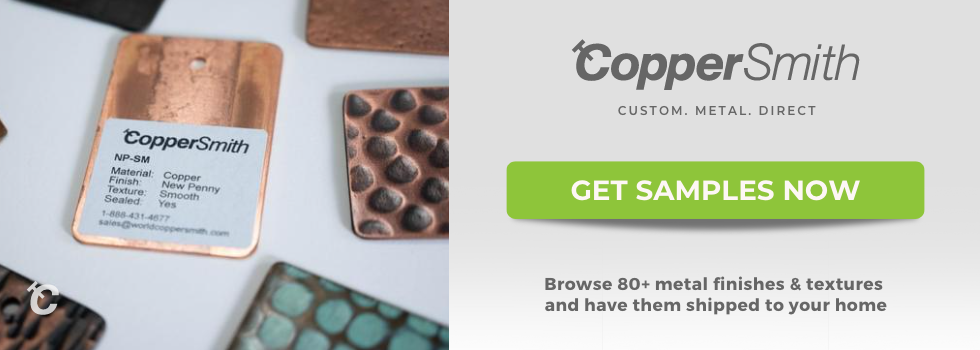Ideally, when choosing between range hoods your choices fall between buying a ductless or ducted range hood. Aside from that, you might also be troubled by choosing between a type 1 or type 2 range hood, since you're constantly asking "what is a type 1 and type 2 kitchen hood?
There are many alternatives available when looking for a kitchen exhaust hood system, which could be confusing. Condensate Hoods, grease hoods, Type 1 and Type 2 terms you'll most likely encounter when looking for a hood system.
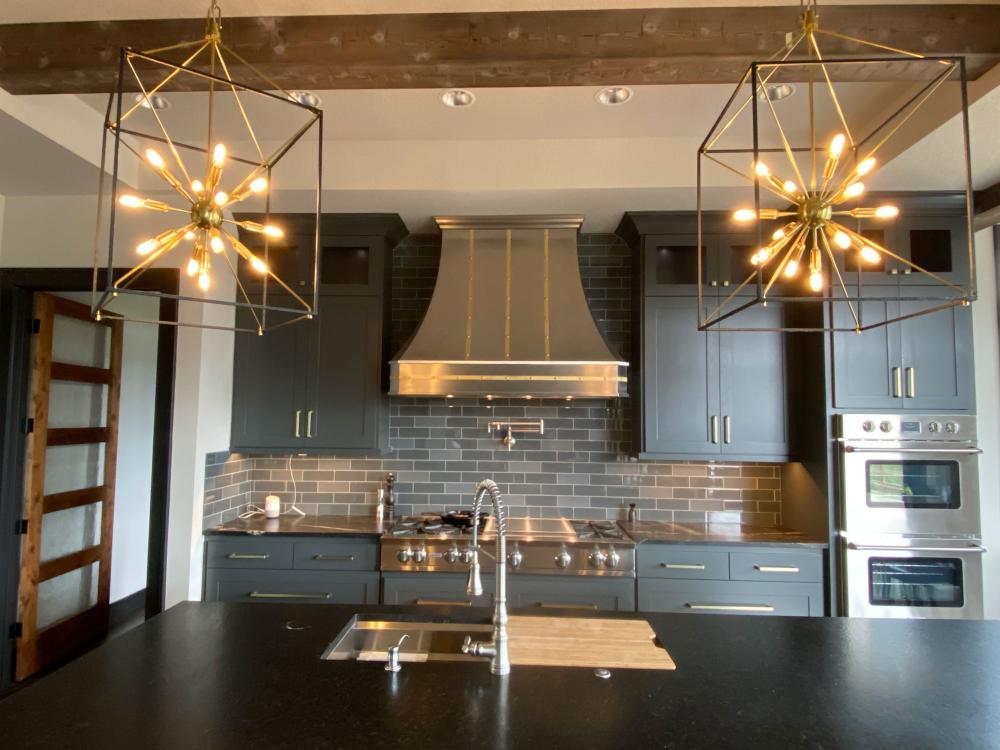
Even though it may seem nonsense, each system and kind relates to a specific set of kitchen needs. Since they each have a specific function to perform in your commercial kitchen, home, or restaurant, they are vital.
Range hoods are also important in commercial kitchens since they support the fire suppression systems and ensure cooking equipment is safe from damage. Cooking appliances like deep fryers, open flame stoves, fryers, ovens, pasta cookers, and pizza ovens produce grease and excess heat.
Hence, having installed a vent hood in your building will ensure that it is a comfortable work environment for your staff. It prevents fire outbreaks, heavy moisture content, smoke pollution, and contaminated air from affecting your building or food trucks.
The two ventilation systems are an important factor for your business and home operations, hence our focus on them. So, let's take a look at the type I hoods, and type ii hoods, their differences, and why you should buy them.
What are type 1 and type 2 kitchen hoods?
Type 1 hoods are called grease hoods or ducts. They are designed to remove heat smoke and grease build-up from your kitchen. These vent hoods work in a commercial kitchen to remove grease and prevent fire.
The type 2 hoods are designed to remove condensation from the kitchen atmosphere. The difference between these two exhaust hoods is very simple.
However, aside from their functions, they are both very similar, as they can be installed on a wall for them to work. These vent ducts help to keep your equipment like dishwashers and cookers from damaging.
In your search for a range hood, common configuration among ducts should be a priority. This feature helps you to connect your hood to the range hood, hence, preventing contaminated air and grease.
What are Type 1 hoods? What are Grease Hoods?
Type I hoods are very different from type 2 hoods because they are commonly referred to as grease hoods. A type 1 hood is designed to remove heat or smoke that usually dampens the atmosphere of your kitchen or concession trailers.
They are used in removing excess heat, smoke, exhaust heat, dirty air, condensation, steam, and other greasy products from your commercial kitchen. They work with fryers, ovens, mobile kitchens, food trucks, pizza ovens, wok ranges, exhaust systems, vent hoods, and other appliances that produce grease, for better air quality.
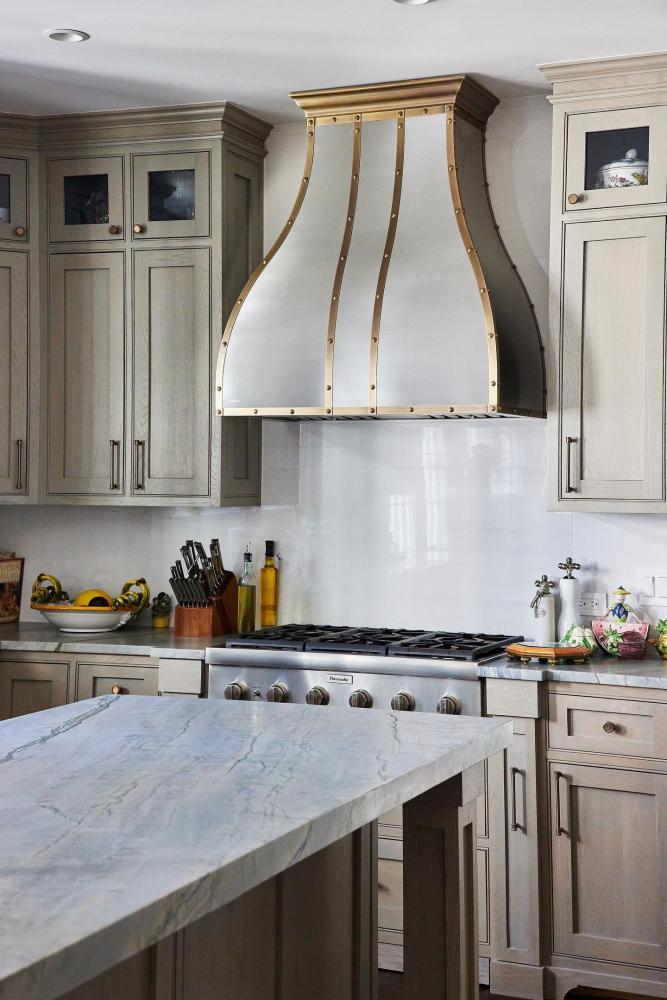
The type I hoods work to ensure a more comfortable work environment for better air quality. This feature improves cooking activities, cooking equipment conditions, and cooking appliances' lifespan.
The amount of grease or smoke that can enter the exhaust system's ductwork is kept to a minimum with the use of baffle-style hood filters found on Type I hoods. Solid fuel cooking appliances may occasionally be utilized with Type I hoods.
Although they almost always need to have separate hoods that are not shared with surrounding equipment. To keep blazing embers from getting into the exhaust ductwork, they frequently feature spark arrestor hood filters as well.
Since Type I hoods remove grease or smoke from the air, routine upkeep and cleaning are essential. Greasy substances from grease-producing appliances can accumulate over time and pose a fire risk in the hood, the linked ducting, and the external components if you don't do regular cleaning.
What are Type II hoods? What are Condensate Hoods?
A type II hood is commonly referred to as a condensate hood. They work with pizza ovens, hood accessories, and other steam-producing equipment to keep your kitchen atmosphere free from bad air and moisture.
Condensate hoods are designed and installed mostly for food vehicles, outdoor cooking, and other activities involved in producing other greasy products that might affect the air. Though they might be weak against grease-producing appliances, they help to recirculate the air.
It is responsible for reducing the heat, steam, vapors, smells, and moisture typical of commercial kitchens. As mentioned earlier, understanding that a Type II hood cannot be utilized in areas where fumes containing grease are created is very important.
Depending on local regulations, this sort of vent hood may also be used over light-duty ovens, toasters, hot dog cookers, rice cookers, pasta cookers, and steam tables in addition to commercial dishwashers. The Type II hood can assist prevent mold and mildew growth.
They could happen as a result of moisture buildup and are primarily used to make the working environment for kitchen staff more comfortable. Many Type II hoods are made to function without ductwork or vents, which makes installation much simpler.
Difference between Type 1 and Type 2 Vent Hoods.
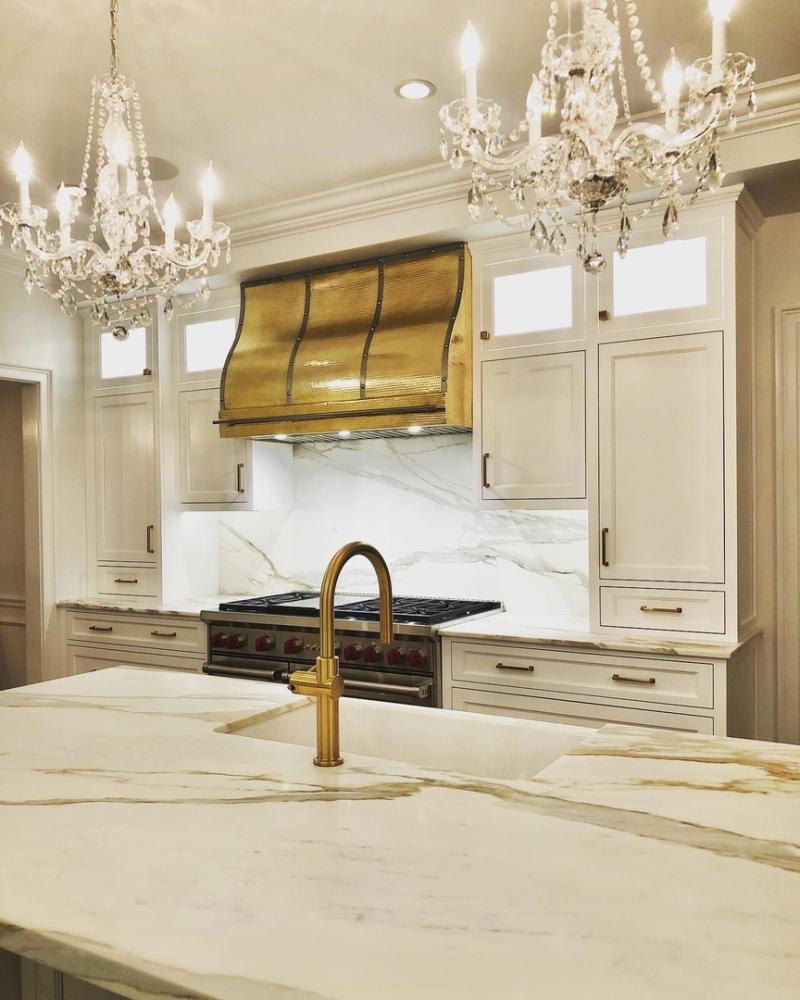
Regardless of how commercial kitchens operate, they must not ignore food safety. The most effective way of ensuring safe cooking is by installing ventilation hoods in restaurants. Several sorts of things are worth considering.
Let's take a look at some of the differences between type 1 and type 2 vent ducts.
- Type 1 hoods are designed to remove grease build, heat, smoke, and moisture. Type ii hoods are created to remove moisture and only heat.
- The Type I hoods are important for cooking houses with pizza ovens, fryers, and ovens. Type ii hoods work well with coffee machines, non-conveying pizza ovens, and commercial dishwashers in a commercial kitchen.
- The Type 2 hood is more efficient for capturing bad air, filtering it, and working with your home exhaust to eliminate exhaust heat. The Type 1 hood is a superior worker when it comes to eliminating grease from equipment and the atmosphere.
- The type 1 exhaust hoods are fully welded and mounted on a wall and require regular cleaning to avoid grease buildup and fire. Type 2 hoods are not fully welded and can be built from a typical galvanized duct instead of having a grease filter.
What Are Some Examples of Grease Producing Appliances?
Any cooking equipment that uses oils or fats, like your pizza oven, wok, or a fryer is a grease-producing appliance. If not properly cleaned, working on it could contaminate other food substances and the air around you.
What type of commercial vent hoods do I use with my Pizza Ovens?
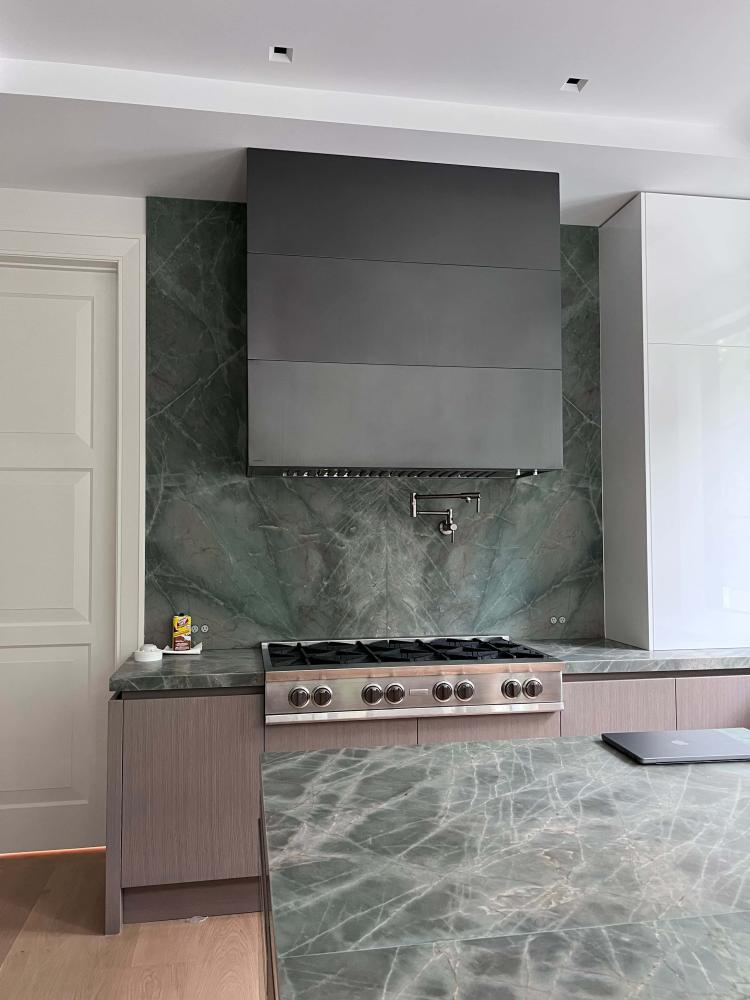
You can use the type 1 vent hood since it reduces the amount of grease and dirty air in the atmosphere rapidly. Choosing a type 1 also ensures that you don't have to search for other types of accessories or tools to support it after the purchase.
Do I need a Type 2 Hood?
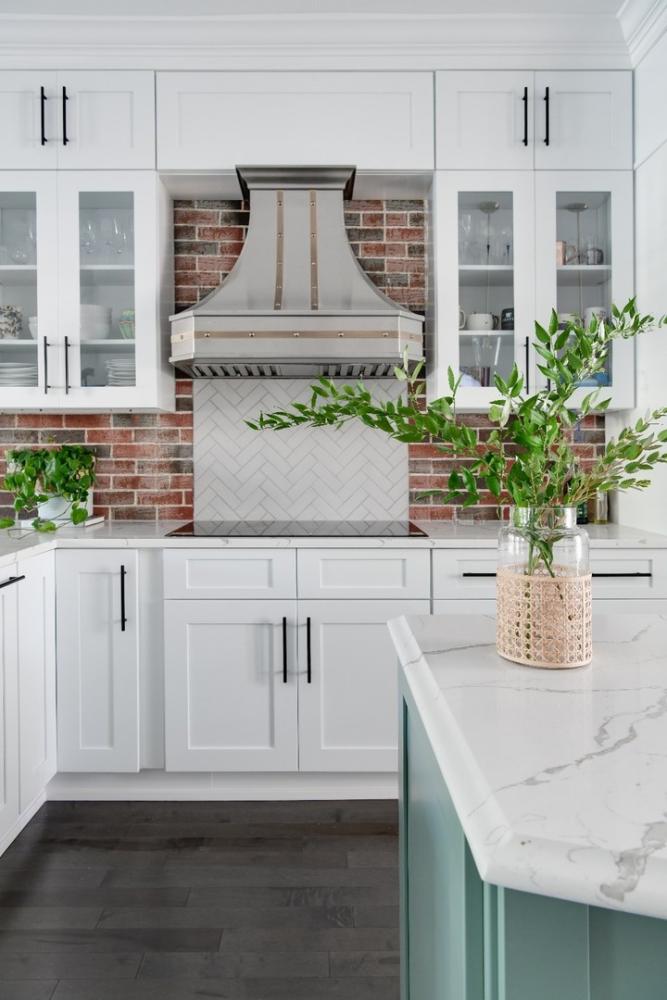
A Type II hood must be installed in cooking and cleaning machines producing heat. They are helpful with hot dog stoves, steamers, or hotdog ovens.
Do all Type 1 hoods require fire suppression?
Fire protection systems are required in all vent hoods. These hood and fire suppression systems are required to conform to international codes for building materials and fire protection.
Do Type 2 vents need fire suppression?
A sprinkler system can reduce fires in hood areas. However, fire protection systems cannot be used in home range hoods. Almost every home has it.
Choose The Best Ventless Range hoods with CopperSmith!
If you're looking for the best suitable ductless hood for your kitchen, CopperSmith is here to offer you a broad range of top-quality options and performance that you can choose from.

